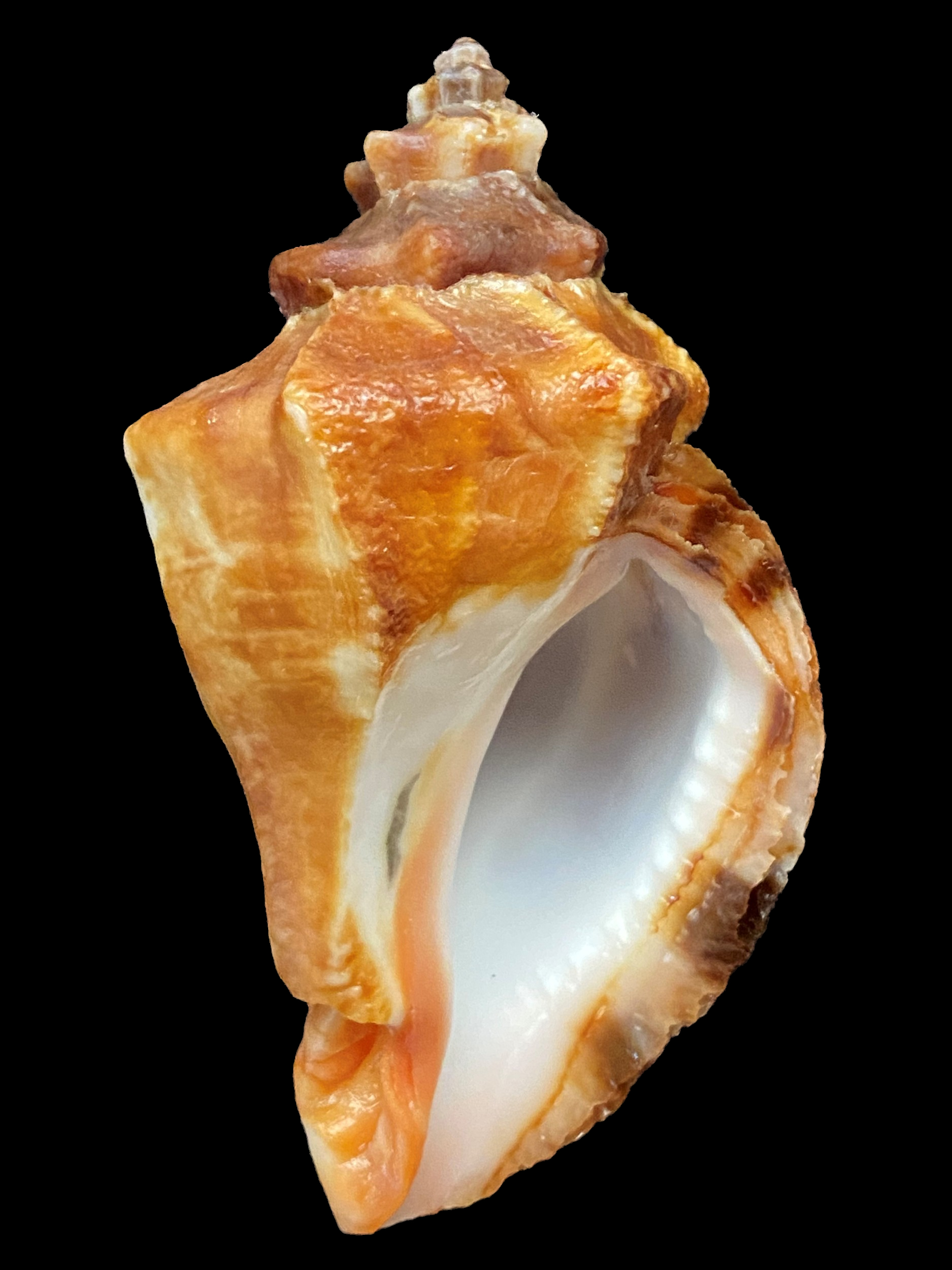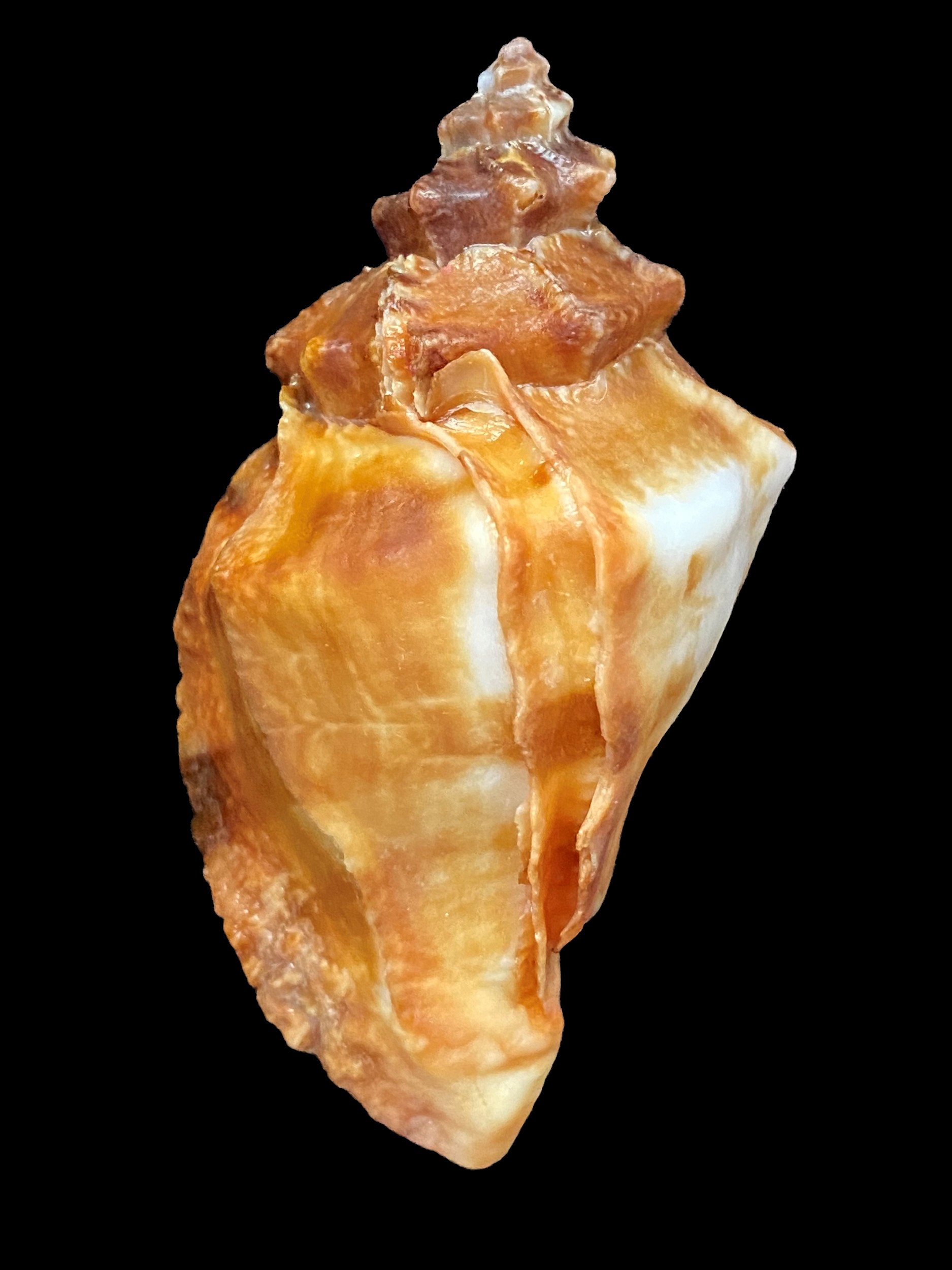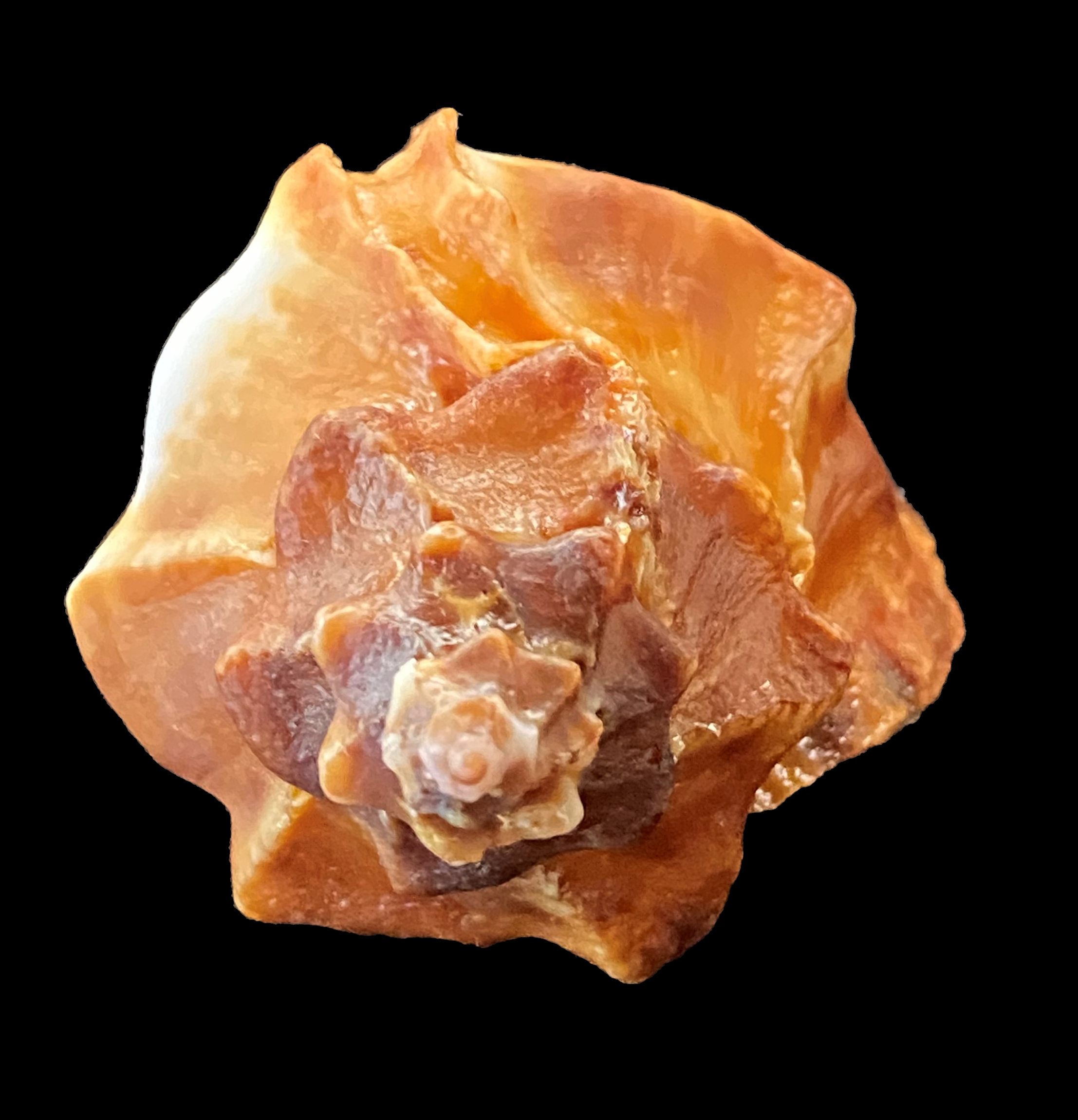Rugged Vitularia Shell, Vitularia salebrosa


 Rugged Vitularia Shell, Vitularia salebrosa. Shell collected off the beach at Punta Chivato, Baja California Sur, May 2022. Size: 7.3 cm (2.9 inches) x 4.2 cm (1.7 inches). Collection, photographs and identification courtesy of Colin Campbell, DVM, Punta Chivato, Baja California Sur.
Rugged Vitularia Shell, Vitularia salebrosa. Shell collected off the beach at Punta Chivato, Baja California Sur, May 2022. Size: 7.3 cm (2.9 inches) x 4.2 cm (1.7 inches). Collection, photographs and identification courtesy of Colin Campbell, DVM, Punta Chivato, Baja California Sur.
The Rugged Vitularia, Vitularia salebrosa (P.P. King, 1832), is a gastropod mollusk that is a member of the Muricidae Family of Rocks. The shell is solid, and spindle shaped. It consists of about five whorls, with a single row of knobs at the shoulder. The spire is relatively high, and the shell may have several varices. The exterior texture may be smooth, wrinkled, or a combination of warts and dimples. The siphon canal is short and open. The outer lip of the aperture may be thin, but more often, it is thick and sculpted inside with denticles. The exterior of the shell is olive-brown or terra-cotta in color, often with white patches and/or brown spiral lines. The interior is shiny white. Rugged Vitularia Shells reach a maximum of 10.7 cm (6.2 inches) in length and 6.2 cm (2.5 inches) in height.
While most shells in this family are considered predators, this species feeds so slowly that it is considered an ectoparasite (parasitizing from the outside). Research has shown that these shells take at least 90 days, to feed on their host. In some cases, feeding can take more than 200 days. Rugged Vitularias parasitize oysters and slipper shells.
Rugged Vitularias are found on rocks from the lower intertidal zone to depths up to 41 m (134 feet). They are found along the entire west coast of Mexico, south of Cedros Island. They are found in the Gulf of California, south of Guaymas.
Synonyms include Murex salebrosus, Vitularia extensa and Vitularia salebrosa extensa.